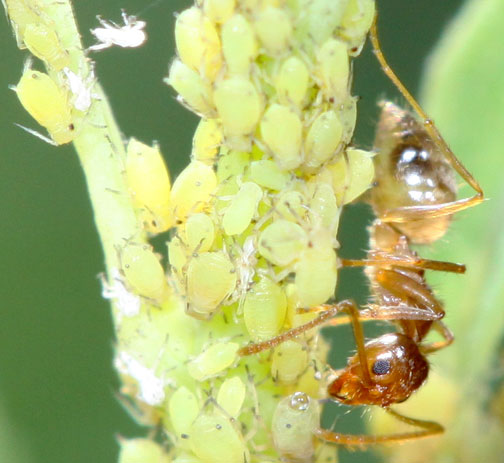“Until I saw crazy ants with my own eyes and saw the infestations
and realized what folks are dealing with, I just could not have imagined it.”
- Robert Puckett, Ph.D., Entomologist, Texas A & M

June 27, 2013 College Station, Texas - In 2002, for the first time, a pest exterminator named Tom Rasberry in Houston, Texas, reported watching a mass of ants he had never seen before running around in chaotic patterns, “like they were crazy,” he thought. What Rasberry was watching were very different ants from Brazil and Argentina that probably got transported to Texas on a boat or in a shipment of fresh food or plants. The ants are a tawny yellowish-brown color and can also be brownish-red. You'll hear them called Tawny Rasberry Crazy Ants. They are small, about 1/8th-inch long, and forage together in millions. To scientists, one of the unique aspects of these South American invaders is that wherever they nest, their numbers can reach 100 TIMES as great as all other ants combined.
Click here to subscribe and get instant access to read this report.
Click here to check your existing subscription status.
Existing members, login below:
© 1998 - 2024 by Linda Moulton Howe.
All Rights Reserved.

